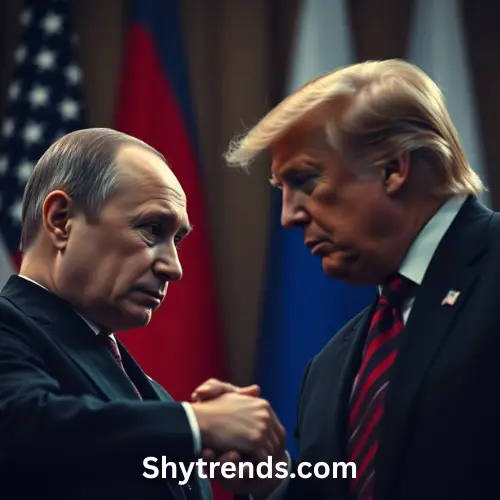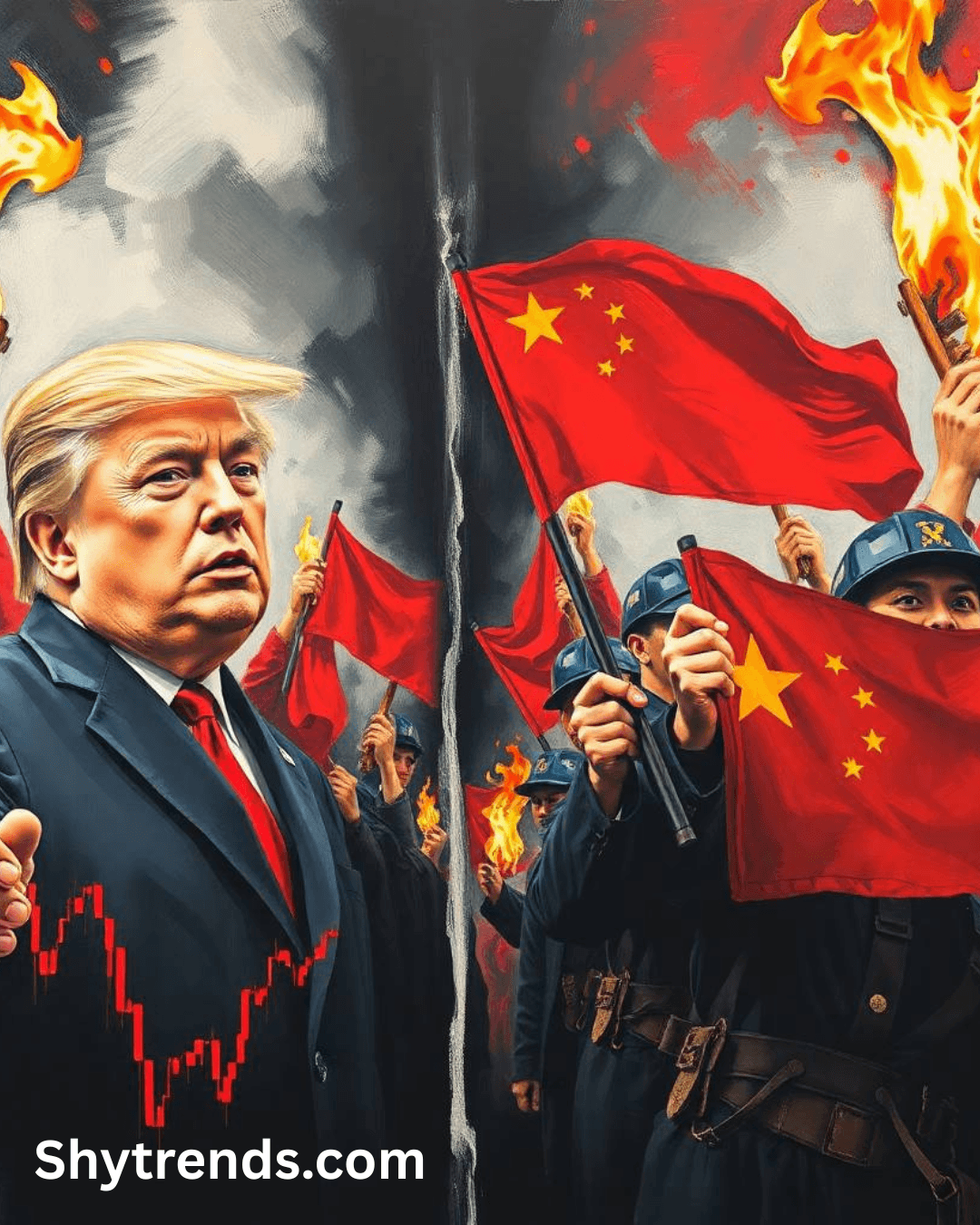An in-depth analysis of the escalating U.S.-China trade conflict as of April 10, 2025, examining the latest developments, market reactions, and potential pathways forward.
As of April 10, 2025, the trade relationship between the United States and China has reached a critical juncture. The recent imposition of substantial tariffs by both nations has intensified economic tensions, sending ripples across global markets. This article delves into the latest developments, the retaliatory measures adopted, and the broader implications for the international community.The Australian
The Genesis of the Current Conflict
The trade discord between the U.S. and China has been a protracted issue, rooted in longstanding disputes over trade balances, intellectual property rights, and market access. However, the situation escalated dramatically in early 2025. On February 1, 2025, President Donald Trump issued an executive order under the International Emergency Economic Powers Act (IEEPA), imposing a 10% tariff on all Chinese imports, effective February 4, 2025. New York Post+3JD Supra+3Home | Holland & Knight+3
China’s Initial Response
In retaliation, China’s Ministry of Finance announced countermeasures on February 4, 2025, including additional duties of 10% and 15% on select U.S. goods, set to take effect on February 10, 2025. Furthermore, China expanded export controls on critical minerals essential for high-tech industries and added two U.S. companies to its Unreliable Entity List. SmarTrade+2Home | Holland & Knight+2JD Supra+2JD Supra+1Home | Holland & Knight+1
Intensification of Tariffs
The situation further deteriorated in April 2025. On April 2, President Trump announced a significant escalation, increasing tariffs on Chinese imports to 125%. This move was part of a broader strategy to address what the administration termed as unfair trade practices by China. Latest news & breaking headlines
China responded promptly by imposing an 84% tariff on U.S. imports, effective April 10, 2025. This action targeted over $143 billion worth of U.S. goods, marking a significant escalation in the trade war. El País
Global Market Reactions
The tit-for-tat tariff impositions have had profound impacts on global financial markets. Major stock indices experienced heightened volatility. For instance, the SPDR S&P 500 ETF Trust (SPY) saw fluctuations, reflecting investor anxiety over the escalating trade tensions. Similarly, the iShares China Large-Cap ETF (FXI) mirrored the uncertainty, with its performance indicative of concerns over China’s economic outlook.
The bond market also reacted sharply. Yields on U.S. Treasury bonds spiked as investors grappled with the potential ramifications of a full-scale trade war between the world’s two largest economies.New York PostThe Australian
Political and Economic Implications
The escalating trade war has prompted reactions from political leaders and economic analysts worldwide. European Union leaders have called for calm and urged both nations to return to the negotiating table to prevent further economic destabilization. Developing economies, particularly those in Southeast Asia, express concerns about the spillover effects on their markets and supply chains. Latest news & breaking headlines
Economists warn that prolonged trade tensions could lead to a slowdown in global economic growth. The International Monetary Fund (IMF) has indicated that the current trajectory of U.S.-China trade relations poses a significant risk to the global economic outlook for 2025 and beyond.
Potential Pathways Forward
Despite the hardened stances, there remains a window for diplomatic engagement. Both nations have vested interests in mitigating the adverse effects of the trade war. Back-channel communications and multilateral forums may serve as platforms for dialogue. The World Trade Organization (WTO) could play a pivotal role in mediating disputes and facilitating negotiations.
Moreover, domestic pressures within both countries may influence their respective approaches. In the U.S., industries affected by Chinese tariffs, such as agriculture and manufacturing, are lobbying for resolutions. In China, concerns about economic growth and employment may prompt considerations for compromise.
Conclusion
The U.S.-China trade conflict, as of April 10, 2025, stands at a precarious juncture. The recent escalation in tariffs underscores the complexities and challenges inherent in the bilateral relationship between these two economic powerhouses. The global community watches closely, hopeful for a resolution that fosters economic stability and growth. The coming months will be critical in determining whether diplomacy can prevail over confrontation in charting the future course of international trade relations.















Leave a Reply